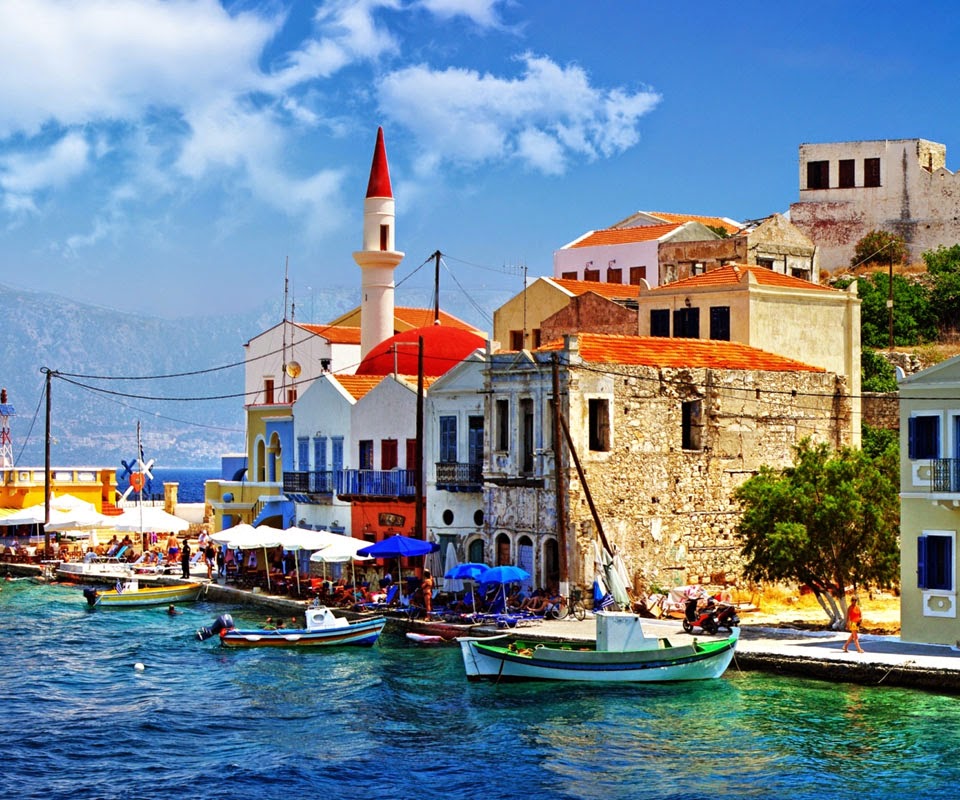President: Otto Pérez Molina (2012)Land area: 41,865 sq mi (108,430 sq km);total area: 42,042 sq mi (108,890 sq km)Population (2013 est.): 14,373,472 (growth rate: 1.91%); birth rate: 25.99/1000; infant mortality rate: 24.32/1000; life expectancy: 71.46Capital and largest city (2009 est.): Guatemala City, 1.075 millionMonetary unit: QuetzalNational name: República de GuatemalaCurrent government officialsLanguages: Spanish 60%, Amerindian languages 40% (23 officially recognized Amerindian languages, including Quiche, Cakchiquel, Kekchi, Mam, Garifuna, and Xinca)Ethnicity/race: Mestizo (Ladino)—mixed Amerindian-Spanish ancestry—and European 59.4%, K'iche 9.1%, Kaqchikel 8.4%, Mam 7.9%, Q'eqchi 6.3%, other Mayan 8.6%, indigenous non-Mayan 0.2%, other 0.1% (2001)Religions: Roman Catholic, Protestant, indigenous Mayan beliefsNational Holiday: Independence Day, September 15Literacy rate: 71% (2003 est.)Economic summary: GDP/PPP (2012 est.): $79.97 billion; per capita $5,300.Real growth rate: 3%.Inflation: 3.8%.Unemployment: 4.1% (2011 est.).Arable land: 13.22%.Agriculture: sugarcane, corn, bananas, coffee, beans, cardamom; cattle, sheep, pigs, chickens.Labor force: 5.571 million; agriculture 38%, industry 14%, services 48% (2011 est.).Industries: sugar, textiles and clothing, furniture, chemicals, petroleum, metals, rubber, tourism.Natural resources: petroleum, nickel, rare woods, fish, chicle, hydropower.Exports: $10.09 billion (2012 est.): coffee, sugar, petroleum, apparel, bananas, fruits and vegetables, cardamom.
Imports: $15.84 billion (2012 est.): fuels, machinery and transport equipment, construction materials, grain, fertilizers, electricity.Major trading partners: U.S., El Salvador, Honduras, Mexico, South Korea, China.Communications: Telephones: main lines in use: 1.626 million (2011); mobile cellular: 20.716 million (2011).Broadcast media: 4 privately-owned national terrestrial TV channels dominate TV broadcasting; multi-channel satellite and cable services are available; 1 government-owned radio station and hundreds of privately-owned radio stations (2007).Internet hosts:357,552 (2012).Internet users: 2.279 million (2009).Transportation: Railways: total: 332 km (2008).Highways: total: 14,095 km; paved: 4,863 km (including 75 km of expressways); unpaved: 9,247 km (2000).Waterways: 990 km; note: 260 km navigable year round; additional 730 km navigable during high-water season (2012).Ports and harbors: Puerto Quetzal, Santo Tomas de Castilla.Airports: 291 (2012).
International disputes: annual ministerial meetings under the Organization of American States-initiated Agreement on the Framework for Negotiations and Confidence Building Measures continue to address Guatemalan land and maritime claims in Belize and the Caribbean Sea; Guatemala persists in its territorial claim to half of Belize, but agrees to Line of Adjacency to keep Guatemalan squatters out of Belize's forested interior; Mexico must deal with thousands of impoverished Guatemalans and other Central Americans who cross the porous border looking for work in Mexico and the United States.
Once the site of the impressive ancient Mayan civilization, Guatemala was conquered by Spanish conquistador Pedro de Alvarado in 1524 and became a republic in 1839 after the United Provinces of Central America collapsed. From 1898 to 1920, dictator Manuel Estrada Cabrera ran the country, and from 1931 to 1944, Gen. Jorge Ubico Castaneda served as strongman.
Tags: Guatemala - The Wide Worlds Snaps,The Wide Worlds Snaps,Guatemala,Guatemala beutifull picture,Guatemala beautifull country,Guatemala snps,Guatemala pictures,Guatemala whole country pictures,Guatemala whole country snaps,Guatemala beautifull country pictures,






























































.png)












